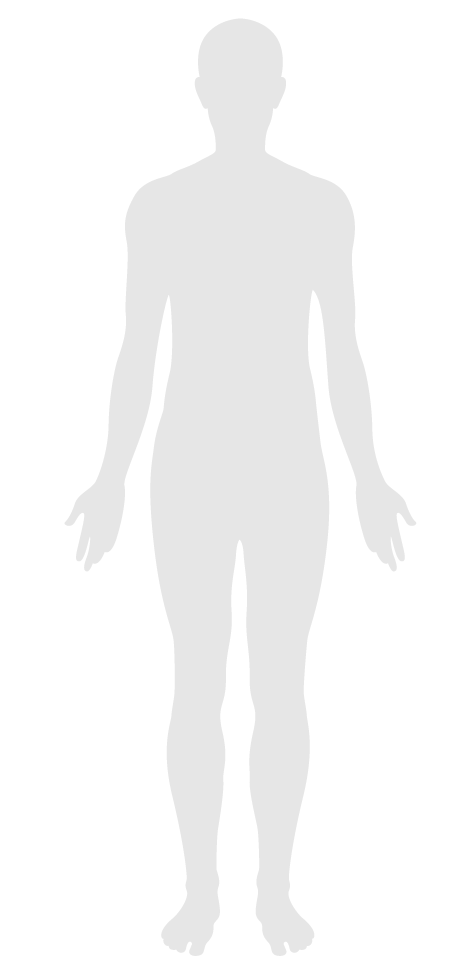Light at night
Features/Light/Feature P2
- 53 Visual lighting design
- 54 Circadian lighting design
- 55 Electric light glare control
- 56 Solar glare control
- 57 Low-glare workstation design
- 58 Color quality
- 59 Surface design
- 60 Automated shading and dimming controls
- 61 Right to light
- 62 Daylight modeling
- 63 Daylighting fenestration
- P2 Light at night
- P3 Circadian emulation
Light at night
Intent:
To provide sleeping spaces free from light intrusion and provide low-light wayfinding options.
BACKGROUND
Light is the primary zeitgeber, the signal by which the body aligns its internal clock with the external environment. Therefore light at night is a potential hazard as it can disrupt circadian rhythm. It blurs the distinction between day and night, and affects the timing of the sleep-wake cycle. However, complete darkness increases the sensitivity of the eyes, so any lights encountered during activities at night have an amplified disruptive effect.
The following conditions are met:
a.
Nightlights are installed to provide a safe path from all sleeping areas to the closest bathroom and within the bathroom.
b.
Nightlights are located no higher off the ground than 36 cm [14 inches] to the center of the unit.
c.
Nightlights are motion-activated with a manual off and manual on option.
d.
Nightlights do not emit light at wavelengths below 550 nm.
e.
Each nightlight does not produce more than 15 lumens.

